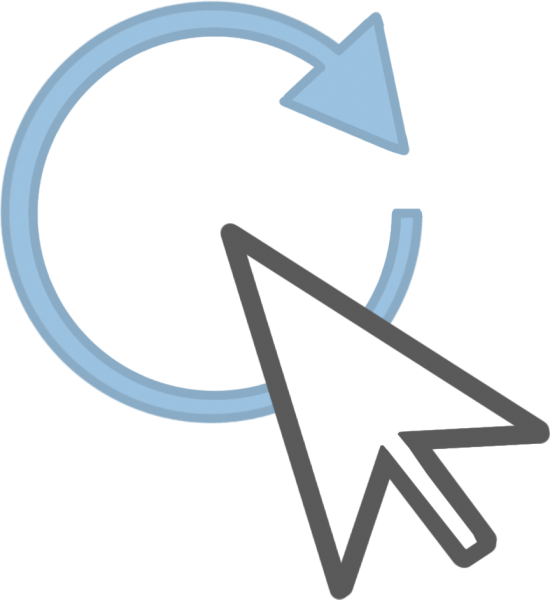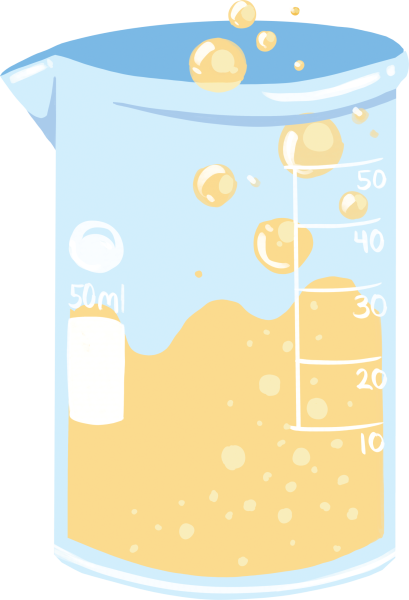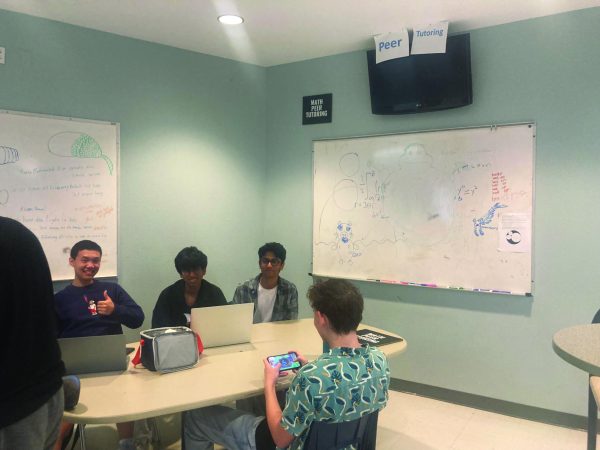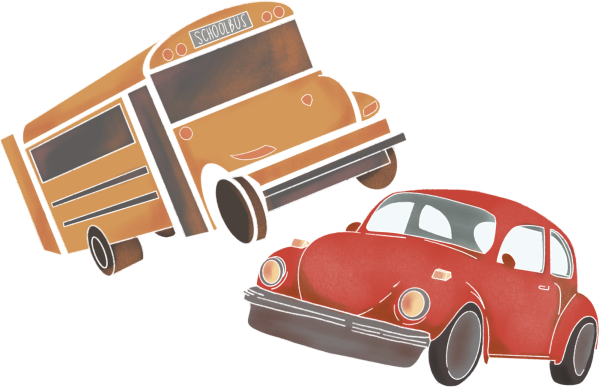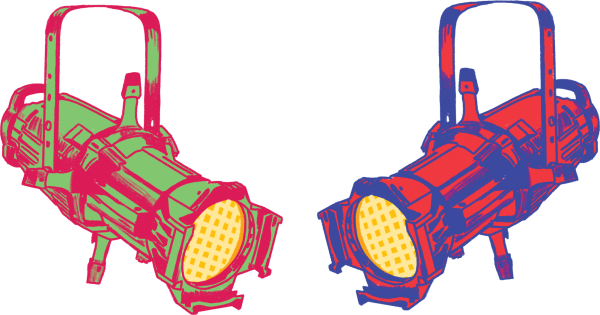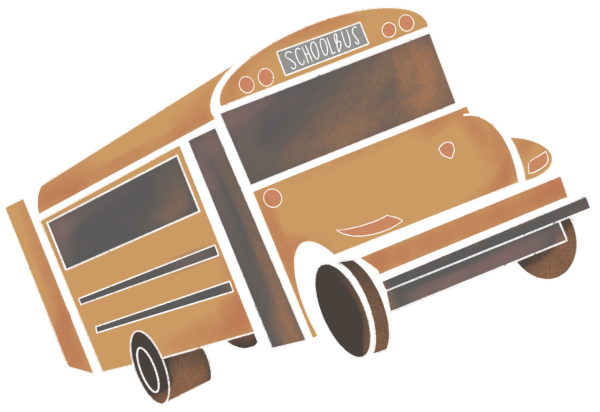Indepth: Tackling the issue
October 16, 2018
It’s the first quarter of the first game of the year. The whistle blows, and in the corner of his eye, he catches sight of someone charging towards him. His knees buckle. Suddenly, everything goes black. He wakes, swarmed with coaches and teammates, as someone cuts his jersey and loads him onto an ambulance en route to the hospital. Everything goes black again.
For LBJ sophomore and JV offensive lineman Isaiah Arguello, this was his reality. During the first game of the season, a player from Elgin High School hit Arguello, giving him a concussion and causing him to black out on the field.
According to LBJ athletic trainer Sue “Doc” Torres, a concussion is a disruption of neurological activity that results from a violent shaking of the brain. When disrupted, microfilaments in the brain can cause decreases in the brain’s relay of messages and information, and symptoms such as headaches, fatigue, trouble balancing and nausea may occur.
“I just felt head pain and was like ‘I want to stay on the ground,’” Arguello said. “When I got to the hospital, that was when I was like, ‘Man, something is seriously wrong with me.’ I don’t cry, but that night I was like, ‘Man, I’m in pain. I don’t know what to do.’ I’m stuck in a bed with my mom crying. I don’t know how to react to it.’”
After Arguello left the hospital, most of his symptoms subsided except for head and neck pain. However, he is currently taking three medications, is limited to 30 minutes of screen time per day, and is unable to practice during recovery.
“I can’t do any sports and I can’t really do anything, so I am super bored,” Arguello said. “I can stay after school and watch the team practice, but I’m like, ‘I want to be out there, but I can’t do that.’ It’s like torture.”
Arguello has been playing football for 10 years and has played for LBJ for over a year. He accredits not having a concussion until his sophomore year to making efforts to hit according to how his coaches have taught him.
“Because I was so tired, I let my guard down,” Arguello said. “In football they’re gonna take cheap shots, and I don’t blame them. I knew it was going to happen sooner or later. You can’t avoid a concussion in a sport that’s constant hitting.”
LBJ head football coach Jamal Fenner said that he and the coaching staff try to follow all the rules and guidelines and prioritize athlete safety above playing time. As an athlete whose career ended due to rushing back into playing football too early after an injury, Fenner especially stresses the importance of proper healing to his players. If a player seems to be injured, Fenner pulls them out of the game and sends them immediately to the athletic trainer.
“I feel like if a student athlete is hurt, there’s not much you can really do performance wise,” Fenner said. “We don’t risk them trying to fight through the pain or fight through the injury. We just encourage them to go see the trainer and they can’t come back until Doc tells us that they’re clear.”
Torres will then compare their baseline assessment to an on-field test, the King-Devick test. During the test, players read a string of numbers scattered across a page. The results are later analyzed and a full assessment that ranks symptoms from 1-6 is completed.
“We have done neurologic baselines in the past, for probably the past eight years,” Torres said. “There is Impact, which is probably the most widely known test, but we don’t do that because it is very challenging to administer in a group setting, and that’s how we have to do [the initial test].”
When players are removed from the game for signs of concussion, Torres assesses them by observing symptoms such as dizziness and head pain. This methodology of rating symptoms first, as well as the adoption of King-Devick tests, have been newly implemented district-wide in hopes of addressing concussions more effectively.
“There’s a bunch of different diagnostic testing tools that we have that help us,” Torres said. “When a neurologist looks at them they can say, ‘Oh yeah, you’ve got this going on’. But neurologists lots of times like to see the King-Devick. These things help us determine if they have a concussion, if they need to be held out of a game. Most of the time if I am even doing the test, then I have already made a decision and you’re done for that game. We just need to see how done they are.”
After the game, symptoms can be plugged into different trajectories, which helps to inform the approach for recovery. Athletes may only experience a day or two of headaches or other mild symptoms. However, for others like Arguello, symptoms may not go away for weeks or even months.
“That first week after was just bad,” Arguello said. “I didn’t want to get out of bed. I didn’t feel like coming to school. Mentally, the first week I came back to school I didn’t remember anything in any of my classes. My head was killing me and lights were bothering me. Now, I feel 10 times better.”
Even with the help of rehab, Arguello considers his season to be mostly over, and is focusing on the ongoing process of emotional recovery.
“Right now I don’t talk to many people, I just kind of keep my headphones in my ears and let others focus on what they have to do on the field,” Arguello said. “They don’t have to worry about my recovery because I’d rather the team get better while I’m unable to play.”
Formerly, concussions were thought to be resolved only by rest and limited exposure to light. According to Torres, new research suggests that controlled exposure to symptom-triggering activities such as riding on a stationary bike or reading may actually help accelerate the recovery process.
“It’s okay if we make them have a bit of a headache,” Torres said. “In some protocols, it’s okay to get them [to exercise] until we have the symptoms popping up a little bit. Before, it was like, ‘Sleep and don’t do anything until your symptoms go away.’ It’s not so much like that anymore.”
Most concussions involve physical movement and motor skills and can resolve fairly quickly. However, if an athlete’s symptoms do not resolve within their expected window of recovery, Post Concussive Syndrome may pose issues.
“That’s where things get challenging,” Torres said. “It can be really hard on a kid when they can’t get through this, and they can get mild depression because they are tired of it and they can’t play their sport.”
Even more serious is Chronic Traumatic Encephalopathy (CTE), a degenerative brain disease that is an after-effect of multiple concussions. Currently, it can only be diagnosed after death in an autopsy.
“That is the scary factor — with several concussions, when those little tubulars get disrupted, the body will release what’s called a tau protein which is released in the brain and affects how the brain works,” Torres said. “If you hear of a football player committing suicide, it’s probably CTE. It causes depression and increased impulsivity, and that is a terrible, bad combination.”
The prevalence of CTE in professional football —87 percent in athletes who had played football for an average of 15 years — and the publishing of new research on concussions has brought a lot of attention to the safety of football, according to Torres and Fenner. The NFL recently implemented new rules, such as restrictions on what players are allowed to do with their helmets, in the name of safety.
“You used to be able to just go in there and throw your body at somebody with no penalty when football started,” Arguello said. “But now, it’s like they want people to be able to have a career and a life after football, so they really changed it to where you have to keep your head up when you tackle. I will say the NFL is trying their best to make it better.”
In response to parent, district, and athlete concerns, LBJ has implemented changes such as upgraded helmets and new adaptations to the rules of the game. According to Fenner, parents can feel good about their children playing football because the games is becoming increasingly conscious of injuries.
“Football is changing right in front of our eyes,” Fenner said. “They’re changing so many of the rules in the game just to make it safe. I think it’s a good thing. A lot of people complain that it’s not real football, but it is real football because you have to teach the proper techniques and make sure that the student athletes are safe.”
Torres said that the game of football still has a lot of progress to make in order to be safe for players of all ages. She said that some parents’ reaction of pulling their children out of football after a concussion is a reasonable response, even if the athlete still wants to play.
“I am so glad my sons don’t play football,” Torres said. “I grew up on the football field. When I was old enough not to get in the way, I was always on the field during games. I love football. I go to games, I do fantasy football, but I don’t want my kids playing football. It’s hard, but the game of football has to change.


